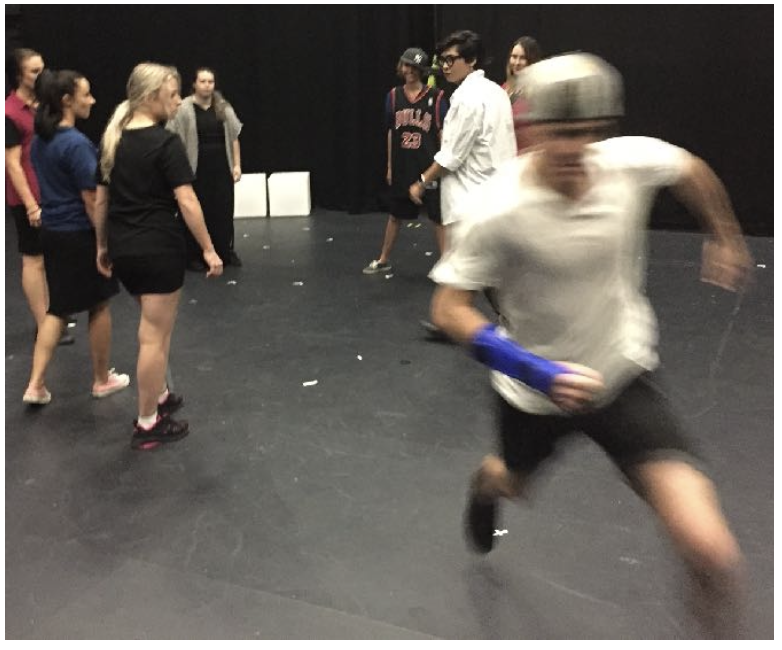Media Term Thursday #40
/Auteur
A filmmaker/director, who makes films with a distinctive, recognisable style and consistent themes. The word literally translates from French to ‘author’ and they have supposedly complete control over all the elements of production. The auteur often uses the same actors for each film.
The term was originally advocated by French director Francois Truffaut, who was a product of the French New Wave and therefore took himself and his peers seriously enough to associate their independent and personalised filmmaking with artistic authorship.
One obvious auteur is American director Tim Burton. His films are highly recognisable for their dark, gothic style and almost fairytale elements. His main characters are misfits, outsiders who are misunderstood by mainstream society. His style has elements of film noir and expressionism with contrasts of dark and light. Johnny Depp is often used in all Tim Burton films.
Other examples are Jane Campion, Gillian Armstrong, Howard Hawks, John Ford, Alfred Hitchcock, Ridley Scott, Penny Marshall and The Coen Brothers.





